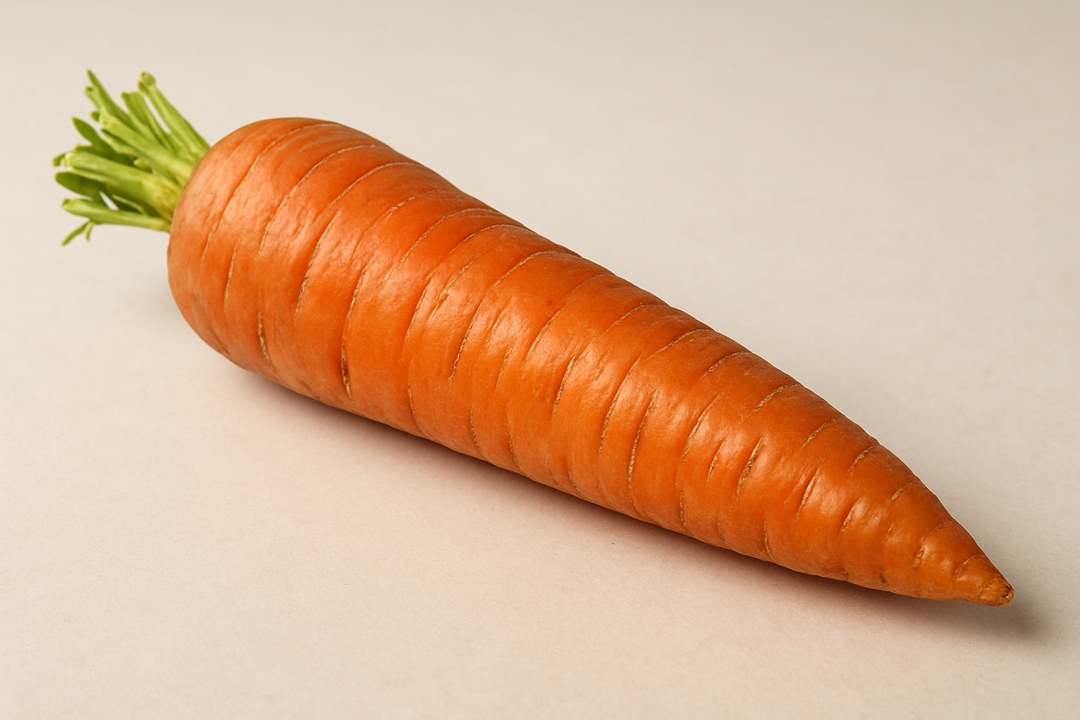Jelqing, an ancient technique aimed at enhancing penis size, has gained modern attention as a non-surgical option. This manual practice involves repetitive motions to increase blood flow, but its effectiveness and safety remain debated. While appealing for its simplicity, jelqing carries risks like injury and lacks scientific validation, prompting caution and professional consultation.
Jelqing, an ancient practice with roots in Middle Eastern and Sudanese cultures, has captured modern interest as a method claimed to enhance penis size. Historically, it was believed to be part of rites of passage for young men, preparing them for marriage by supposedly increasing their virility and physical attributes. Today, jelqing has resurfaced as a popular topic among those seeking non-surgical methods for enhancement, driven by the allure of achieving desired results through simple, at-home techniques.
The Resurgence of Jelqing
In recent years, the quest for non-invasive enhancement options has led many to explore jelqing. This manual technique involves repetitive stroking motions intended to increase blood flow and, theoretically, promote tissue expansion over time. The appeal lies in its do-it-yourself nature, which promises potential benefits without the need for medical procedures or interventions. However, this resurgence of interest also raises critical questions: Does jelqing truly work, and is it safe?
The Allure and the Controversy
The promise of size enhancement through a simple, cost-free method is undeniably attractive. For many, jelqing represents a way to achieve personal goals discreetly and independently. Yet, the practice is not without its controversies. The effectiveness of jelqing remains a topic of debate, with anecdotal evidence often overshadowing scientific validation. Furthermore, concerns about safety and potential side effects contribute to the ongoing discourse surrounding this age-old technique.
As we delve deeper into the topic, it’s essential to consider the broader context of jelqing, examining both the potential benefits and the risks involved. This exploration will provide a comprehensive understanding of what jelqing entails and whether it stands up to scrutiny in terms of effectiveness and safety. Ultimately, the decision to engage in jelqing should be informed by a thorough understanding of the technique and its implications, balancing the allure of potential benefits with the reality of its controversies.
Step-by-Step Guide to Jelqing Techniques
For those considering jelqing, understanding the correct techniques is crucial for minimizing risks and maximizing potential benefits. This section provides a detailed guide on how to perform jelqing, breaking it down into essential phases and offering practical tips for beginners.
The Basic Technique
The foundational method of jelqing involves forming an “OK” grip with your thumb and index finger around the base of the penis. From there, gently slide the grip toward the tip, stopping just before reaching the glans. It’s important to apply only mild pressure, as excessive force can lead to injury. Each stroke should take approximately 2-5 seconds, and a typical session can last anywhere from 5 to 20 minutes. Consistency and patience are key, as any potential results are gradual and require regular practice.
Phases of Jelqing
Jelqing is not just about the exercise itself; it involves a sequence of preparatory and recovery phases that are equally important for safety and effectiveness.
Warm-up Phase
Before beginning jelqing, it’s crucial to prepare the penile tissue by applying a warm compress or taking a warm bath. This step helps to increase blood flow and makes the tissue more pliable, reducing the risk of injury. Spend at least 5 minutes on this phase to ensure adequate preparation.
Exercise Phase
During the exercise phase, focus on maintaining a controlled and steady pressure as you perform the jelqing strokes. Beginners should start with around 20 strokes per session, gradually increasing the number as they become more comfortable with the technique. It’s important to listen to your body and avoid overexertion, which can lead to discomfort or injury.
Stretching and Recovery Phase
After completing the exercise, engage in a gentle massage of the penis and apply heat again to promote blood circulation and aid in recovery. This post-exercise care is essential to minimize soreness and support the healing process.
Additional Tips for Effective Jelqing
Incorporating certain practices can enhance the jelqing experience and help prevent common issues:
- Lubrication: Using a suitable lubricant can significantly reduce friction and prevent skin irritation. However, be cautious of overstimulation, which can lead to unwanted arousal during the exercise.
- Grip Variations: Some individuals experiment with different grips, such as the “pincer” grip, where the thumb is placed underneath and the index finger on top of the shaft. These variations can target different areas of the penile tissue and may offer varied results.
Risks and Side Effects of Jelqing
While jelqing is appealing for its simplicity, it is not without risks. Common side effects include pain, soreness, bruising, and skin irritation, often resulting from improper technique or excessive pressure. More severe risks, though rare, include the formation of scar tissue, potentially leading to conditions like Peyronie’s disease, or even erectile dysfunction.
Medical professionals generally do not endorse jelqing due to these risks and the lack of scientific evidence supporting its effectiveness. It’s crucial for anyone considering jelqing to understand these potential dangers and weigh them against the unproven benefits. Consulting a healthcare professional before starting is strongly advised to ensure personal safety and health.
As we continue to explore the topic of jelqing, it is crucial to address the scientific and medical perspectives surrounding this practice. While the allure of non-surgical enhancement is strong, understanding the theoretical basis and the medical community’s stance can help individuals make informed decisions.
Scientific Evidence and Medical Opinions on Jelqing
The concept of jelqing is grounded in the idea that creating micro-tears in penile tissue through repetitive motion can lead to tissue expansion and growth. However, this theory lacks scientific validation. To date, no robust clinical studies have confirmed the effectiveness of jelqing for penis enlargement. The absence of empirical evidence raises significant concerns about its reliability and safety.
Medical professionals generally advise caution when it comes to jelqing. The potential for harm, coupled with the lack of proven benefits, leads many healthcare providers to recommend against this practice. Instead, they suggest consulting with a healthcare professional to discuss concerns related to penis size or sexual health. This approach ensures that individuals receive safe and personalized advice tailored to their needs.
For those seeking alternatives, engaging with sex therapists or healthcare providers can provide valuable insights. These professionals can offer guidance on addressing psychological aspects of sexual health, which can often be more impactful than physical changes. Additionally, exploring clinically approved devices or therapies may present safer options for those interested in enhancement.
Concluding Remarks on Jelqing
In conclusion, while jelqing may seem like an appealing, cost-free method for enhancement, the associated risks and lack of scientific backing suggest a cautious approach. Prioritizing safety and informed decision-making is essential. Exploring alternative methods that are backed by medical research and professional guidance can provide safer and potentially more effective results.
Ultimately, the decision to engage in jelqing or any enhancement practice should be made with a comprehensive understanding of the potential risks and benefits. Consulting with healthcare professionals can provide the necessary support and information to make a well-informed choice.
Frequently Asked Questions
Is jelqing scientifically proven to work?
No, there is no robust scientific evidence supporting the effectiveness of jelqing for penis enlargement. The practice is based on unproven theories and lacks clinical validation.
What are the most common side effects of jelqing?
Common side effects include pain, soreness, bruising, and skin irritation. More severe risks include scar tissue formation, Peyronie’s disease, and potential erectile dysfunction.
Should I consult a doctor before trying jelqing?
Yes, it is strongly recommended to consult a healthcare professional before attempting jelqing due to potential risks and the lack of medical endorsement.
Are there safer alternatives to jelqing for penis enlargement?
Yes, non-invasive methods such as clinically registered extenders or consulting with sex therapists for psychological support are recommended alternatives. These options focus on safety and evidence-based results.
By considering these insights and recommendations, individuals can make informed decisions about their health and well-being, prioritizing safe and effective methods over unproven practices like jelqing.




